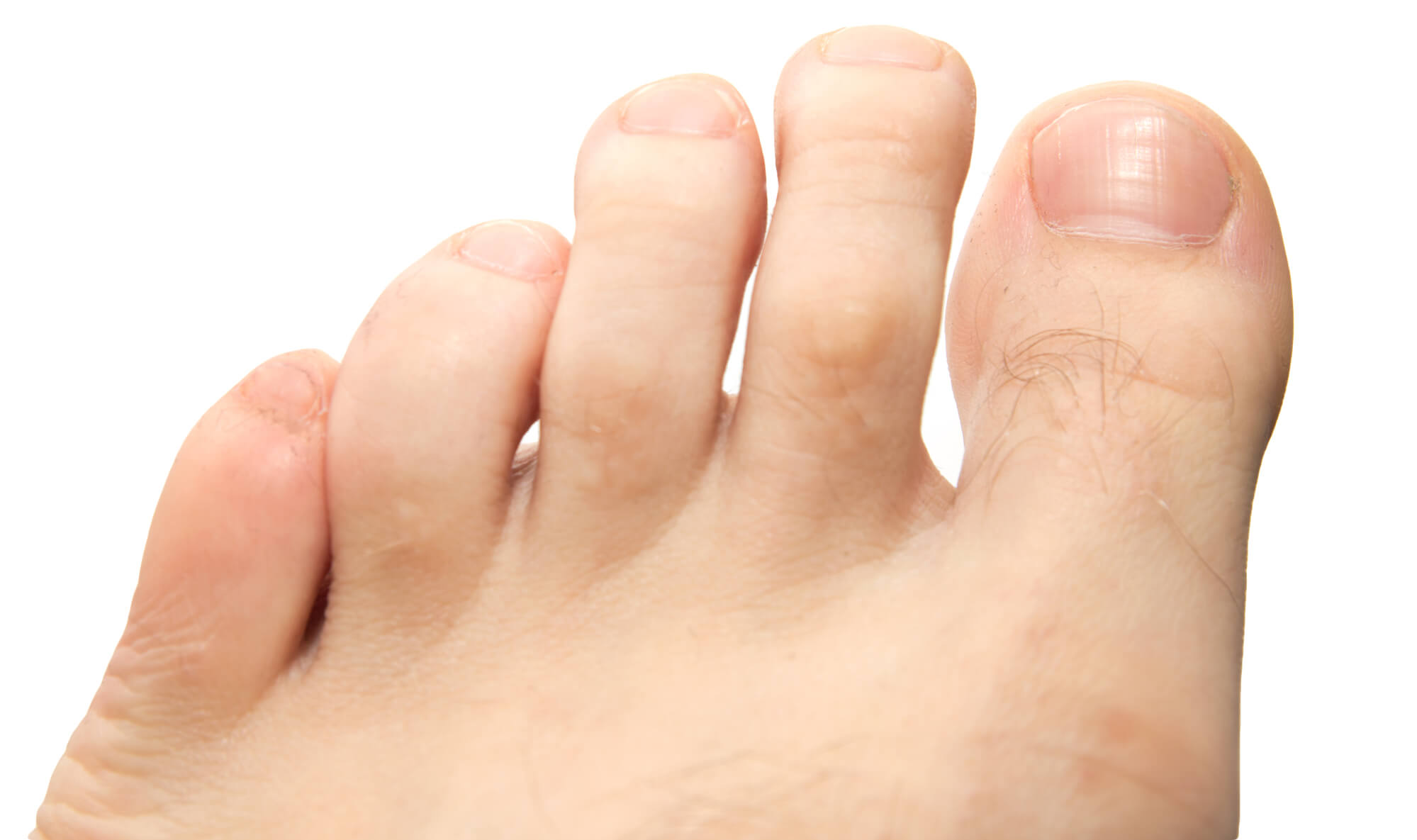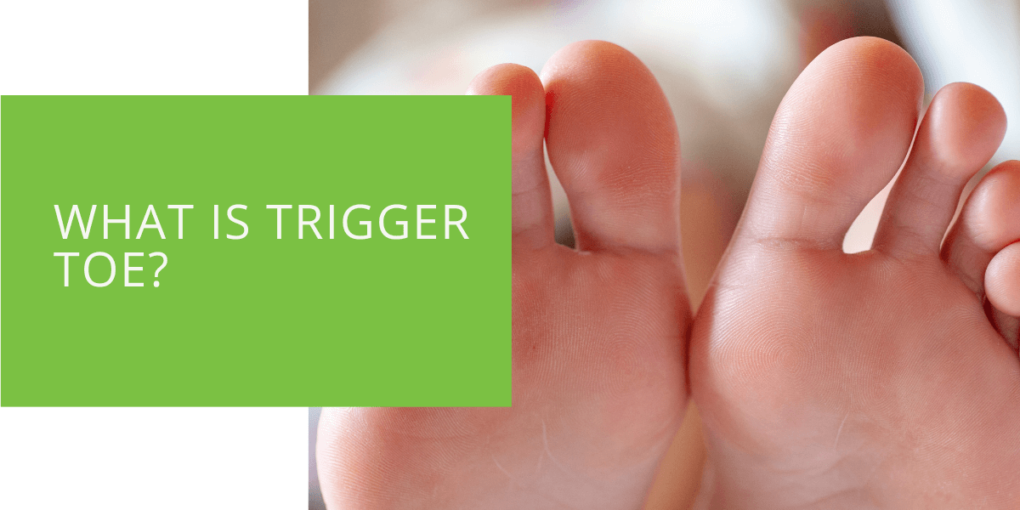Trigger Toe
Trigger toe is a common foot condition that can cause discomfort and difficulty moving the affected toe. Also known as flexor digit minimus contracture or flexor digitorum brevis contracture, trigger toe occurs when one or more toes become stuck in a bent or flexed position, making it difficult or impossible to straighten them out completely. If you are experiencing discomfort or difficulty moving your toes, it is important to seek the advice of a podiatrist, a medical professional who specializes in the diagnosis and treatment of foot and ankle conditions. This article will discuss the causes, symptoms, treatment options for trigger toes, and some tips for preventing the condition.
What is Trigger Toe?
Trigger toe is a condition where one or more of the toes become stuck in a bent or flexed position, making it difficult or impossible to straighten them out completely. The condition is also known as flexor digit minimus contracture or flexor digitorum brevis contracture. It is most commonly seen in the second and third toes, although it can also affect the other toes.
Symptoms
The main symptom of trigger toe is the inability to extend the affected toe fully. This can make it difficult or impossible to walk or perform other activities that require using the toes. Other symptoms may include:
- Pain or discomfort when trying to straighten the toe
- Swelling or inflammation in the affected toe
- A visible deformity in the affected toe
If you are experiencing any of these symptoms, it is important to see a podiatrist for an accurate diagnosis and treatment plan.

Causes
Trigger toe can be caused by a variety of factors, including:
- Trauma or injury to the toe: This can cause damage to the muscles or tendons in the toe, leading to trigger toe.
- Arthritis or other degenerative joint conditions: These conditions can cause inflammation and stiffness in the joints, leading to trigger toe.
- Tight-fitting shoes that compress the toes: Wearing shoes that are too tight or have a narrow toe box can cause the toes to become bent or flexed, leading to trigger toe.
- Certain medical conditions: Some medical conditions, such as diabetes or rheumatoid arthritis, can increase the risk of trigger toe.
Treatment
Treatment for trigger toe will depend on the severity of the condition and the underlying cause. Options may include:
- Wearing shoes with a wider toe box to provide more space for the toes: This can help alleviate pressure on the affected toe and allow it to straighten out more easily.
- Stretching and strengthening exercises to improve flexibility and mobility in the affected toe: A podiatrist can recommend specific exercises to help improve the range of motion in the affected toe.
- Orthotic inserts or pads to help correct the position of the toe: These inserts can be placed in the shoe to help align the toe in a more natural position.
- Surgery to release the flexor muscles or tendons in the affected toe, if necessary: In severe cases, surgery may be needed to correct the position of the affected toe. This procedure is typically performed by a podiatrist or foot and ankle surgeon.

Prevention
To help prevent trigger toe, it is important to:
- Wear shoes that fit properly and provide enough space for the toes: Make sure to try on shoes before purchasing them to ensure they fit well and don't squeeze or compress the toes.
- Avoid high heels or other shoes that put excessive pressure on the toes: High heels, in particular, can put a lot of pressure on the toes and should be avoided whenever possible.
- Maintain good foot hygiene and keep the toes clean and dry: Regularly washing and drying your feet, especially between the toes, can help prevent infections or other foot conditions that may increase the risk of trigger toe.
- Manage any underlying medical conditions that may increase the risk of trigger toe: If you have a medical condition that may increase the risk of trigger toe, it is important to follow your treatment plan and visit your healthcare provider regularly to help manage the condition.
Conclusion
Trigger toe is a common foot condition that can cause discomfort and difficulty moving the affected toe. Various factors, including trauma or injury, arthritis or other degenerative joint conditions, tight-fitting shoes, and certain medical conditions, can cause it.
Treatment options may include wearing shoes with a wider toe box, stretching and strengthening exercises, orthotic inserts or pads, and surgery, if necessary.
To help prevent trigger toe, it is important to wear shoes that fit properly, avoid high heels or other shoes that put excessive pressure on the toes, maintain good foot hygiene, and manage any underlying medical conditions.
If you are experiencing symptoms of trigger toe, it is important to see a podiatrist for an accurate diagnosis and treatment plan.

